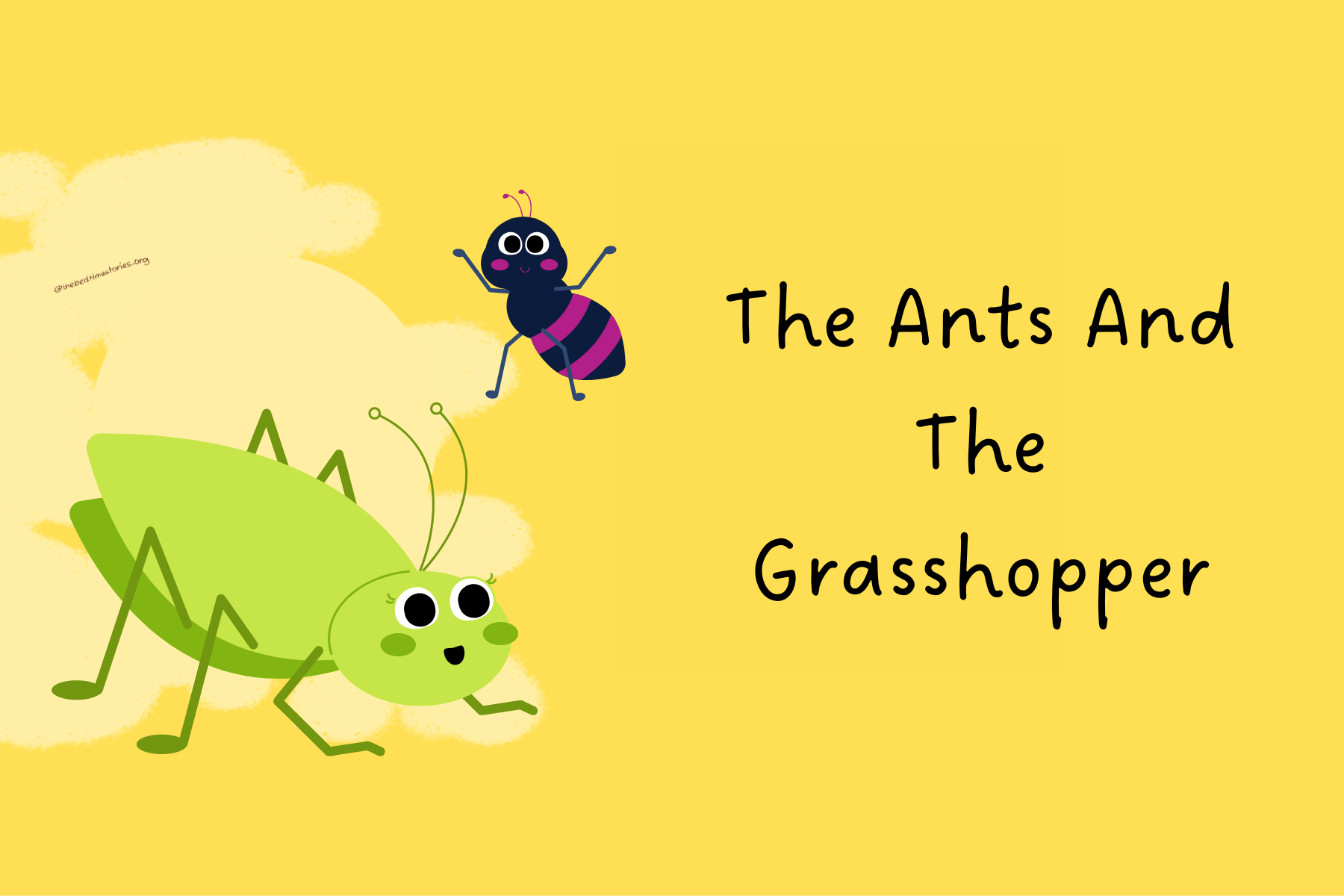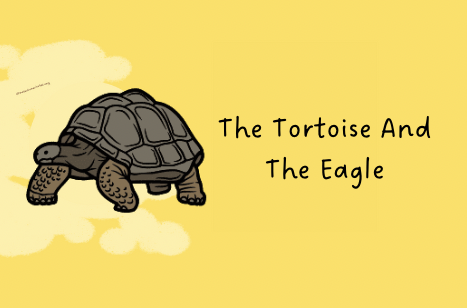What is a fable
Fables for kids are types of stories that aim to illustrate morals through the use of animals and nature. This is one of the oldest forms of prose, having been passed down from one generation to the next over the course of thousands of years. Whilst some say that fables have Greek or Asian origins, the true source of the first fable is unknown, and today, almost every country in the world has its own set of traditional tales.
Fables sometimes feature poetic elements, including metrical rhyming and alliteration, and are usually quite short, which is why they are often told to children. The animals in fables are representative of the most powerful human emotions – both positive and negative – including love, fear, generosity, and greed. This helps to highlight the underlying moral of each story; it’s easy for both children to immediately recognize the foolish or the wise characters.
Because of the quirky, colorful creatures (that typically come in the form of talking animals), the moral messages, and the strange and wonderful plotlines of fables, they serve as lovely stories for children.
Fables with morals
Fables with morals are considered to be a useful tool with which to teach children about values and proper behavior, without having to lecture them! Almost all of the fables created by fabulists like Aesop include a moral lesson of some sort, and this is one of the elements which separates fables from other types of stories, such as folktales. However, whilst they often convey serious and thought-provoking messages about life, children still love to read and listen to fables, as these messages are conveyed through the actions of loveable, humorous characters.
There are many examples of fables with morals, but perhaps one of the most well-known is Aesop’s The Tortoise and the Hare, in which readers (or listeners) learn that slow and steady wins the race. The hare is a naturally quick-footed creature, and so when he is asked to have a race with a tortoise, he is adamant that he will win, without even trying. So confident is the hare, that he decides to take a quick snooze in the middle of the race. The tortoise, moving along slowly but consistently, passes the Hare out and wins.
The Lion and the Mouse is another favorite fable with a moral, which, in addition to teaching children about the importance of kindness, also demonstrates that even seemingly powerful creatures need help sometimes (i.e., we all have weaknesses). In this tale, the mouse accidentally wakes up the sleeping lion. The lion then considers eating the mouse, but decides against it after the mouse convinces him that he is not good enough to be the prey of a lion. Later, the Lion becomes entangled in a hunter’s net – the mouse spots the trapped lion, remembers the mercy the lion showed him, and decides to free him, by chewing through the ropes.
The Fox and the Crow is yet another well-known fable with a moral, which illustrates the dangers of falling prey to flattery. A crow discovers a small piece of food, and flies up to a tree where he can eat it. However, a fox comes along and, wanting to steal the food, tells the crow how lovely he is, and asks him if his voice is as impressive as his appearance. The crow believes the fox’s words, and tries to impress him further by singing. As soon as he opens his beak, the food falls to the ground, enabling the fox to snatch it up and keep it for himself.
Aesop and why he is famous for fables
The above-mentioned Aesop is undoubtedly one of the world’s most famous fabulists. More than 2,570 years ago, this Greek storyteller created hundreds of tales, which are now known by the collective title of Aesop’s fables. Aesop’s fables feature inanimate objects and animals that are able to speak and interact with each other in the same way that humans do.
It is thought that Aesop was actually a slave for much of his life, but managed to convince his captors to free him, through the telling of these fascinating fables. This fabulist is mentioned in the works of many of the world’s most famous philosophers, including Plutarch, Plato, Socrates, and Aristotle. The first known semi-fictional biography of Aesop was written in the thirteenth century by a monk named Planudes, who claimed that Aesop was mute when he was a child, but was later given the gift of speech by a goddess. According to the author, Aesop then began to develop a talent for storytelling.
This book, like many others after it, depicts the fabulist as being quite brazen, but also highly intelligent and very witty. Although most scholars believe that Aesop was Greek, little is known about where he lived throughout his life. Phaedrus theorized that he spent much of his time in Phrygia, whilst others say that he settled in Thrace.
It is unclear whether or not Aesop ever wrote his fables down on paper, but some say that he did create a book of stories, which was later destroyed. However, eventually, others began to document his fables – over the years, they have been printed hundreds, if not thousands of times.
His fables have been retold again and again throughout the centuries, both for the purposes of entertainment and education, and they encompass many different aspects of life, including health, spirituality, politics, and psychology. The universality of Aesop’s stories is one of the many reasons why he is still considered to be the father of fables, thousands of years after his death.
The emotions and behavior depicted in his stories are something that we all still understand and experience today, and both adults and children can relate to the characters’ qualities. Whilst a lot of ancient literature has been forgotten, Aesop’s fables continue to be read and adored, as these stories are still relevant to our modern lives, despite being written several millennia ago. They not only portray common experiences, but also teach children valuable life lessons, in a way that is easy for them to understand.

